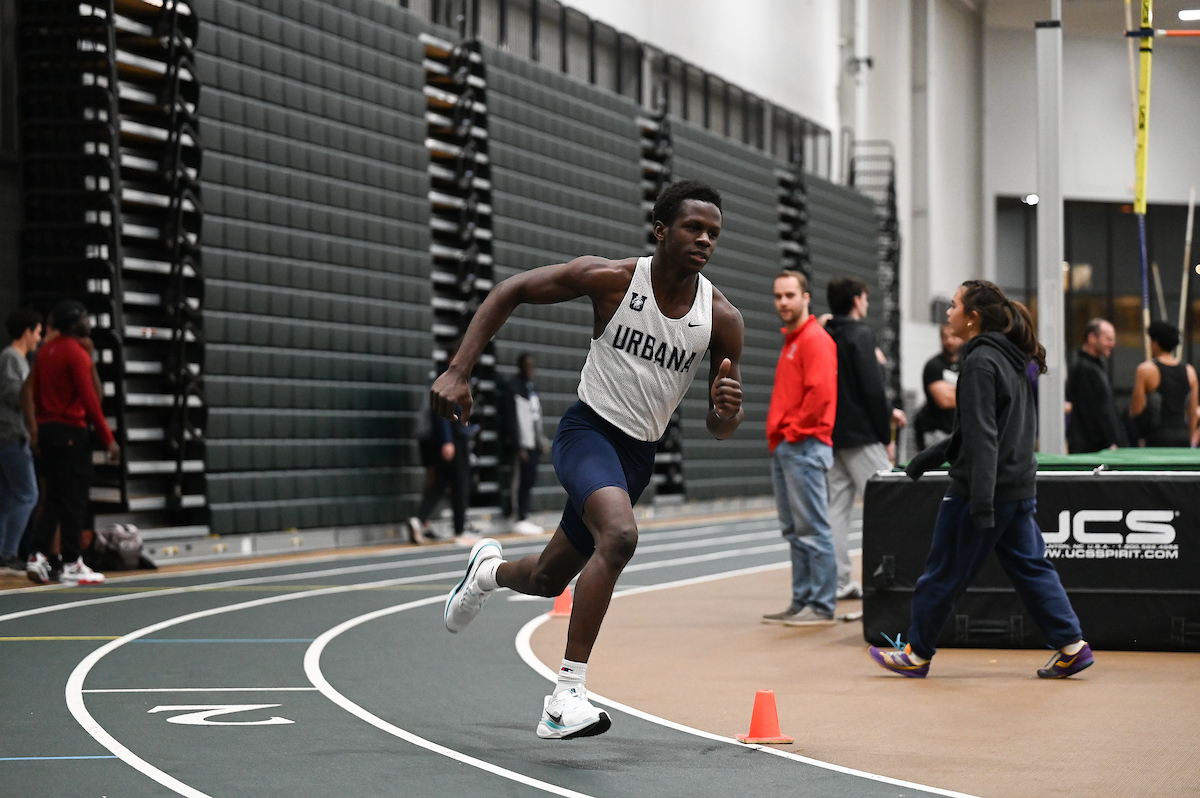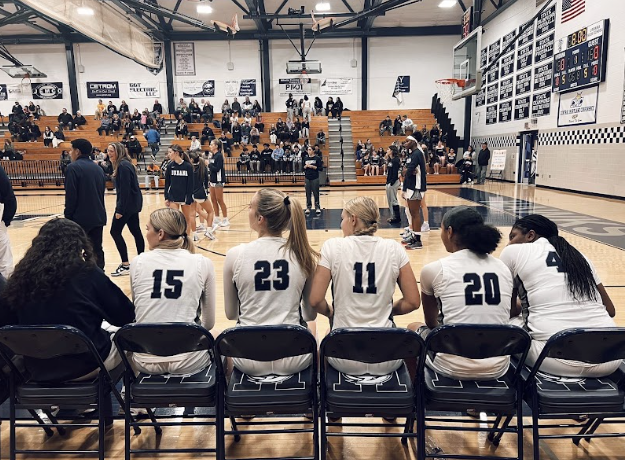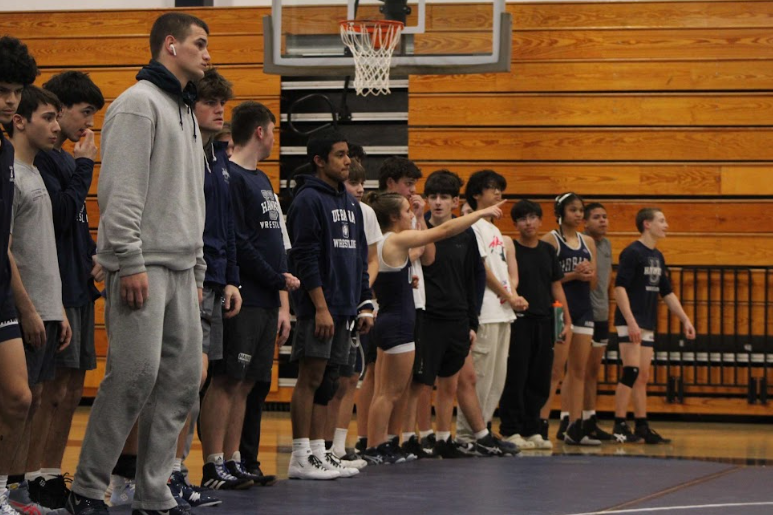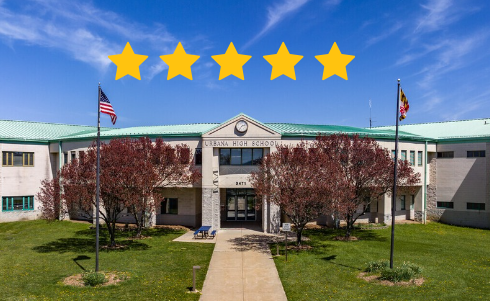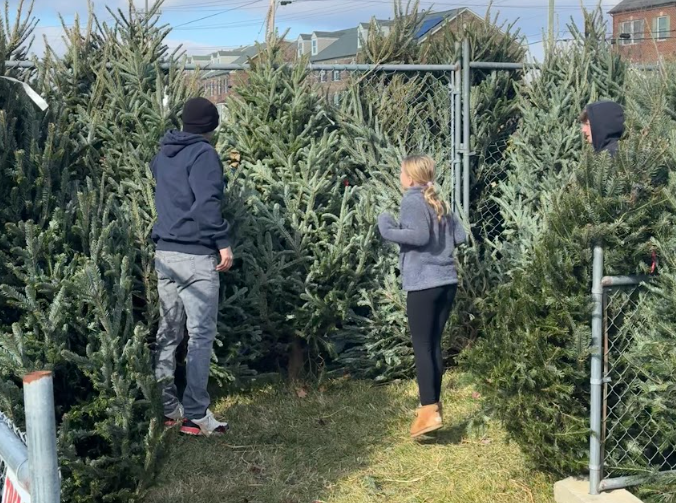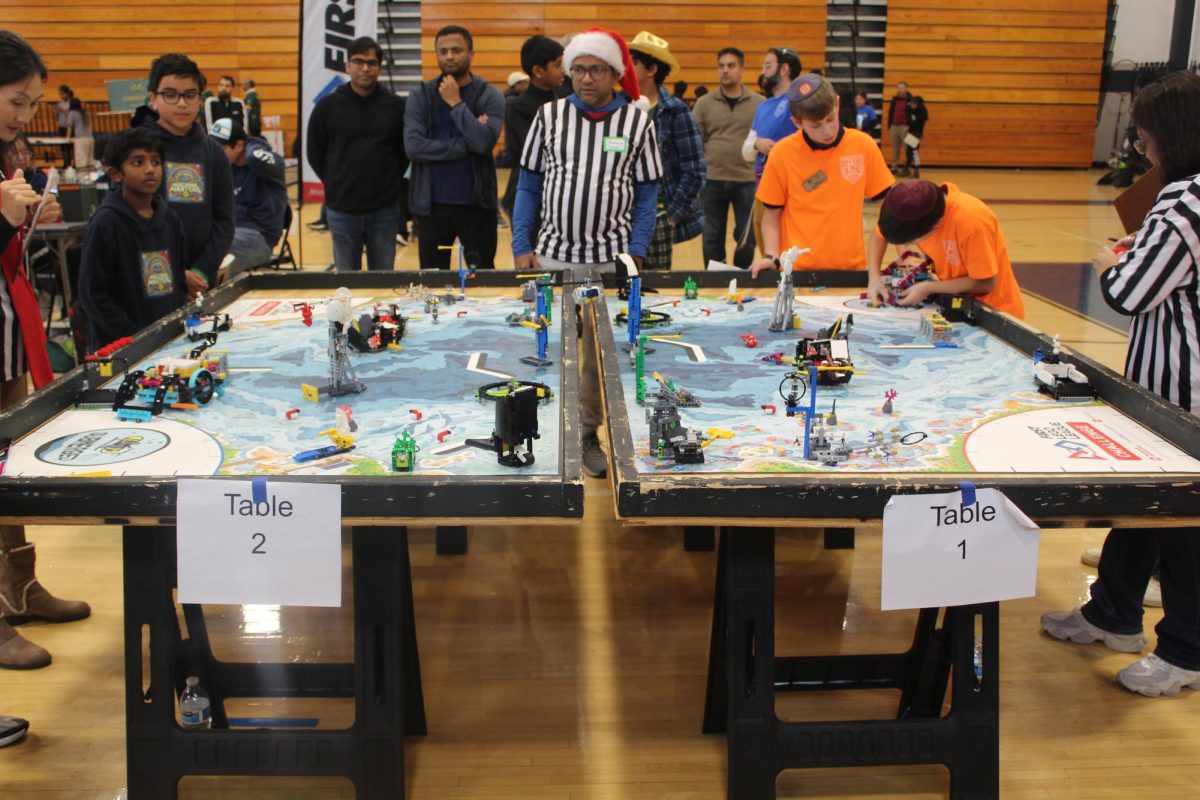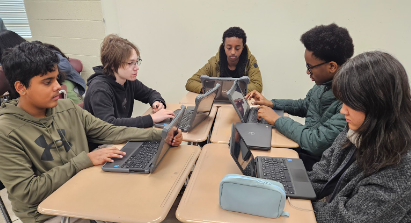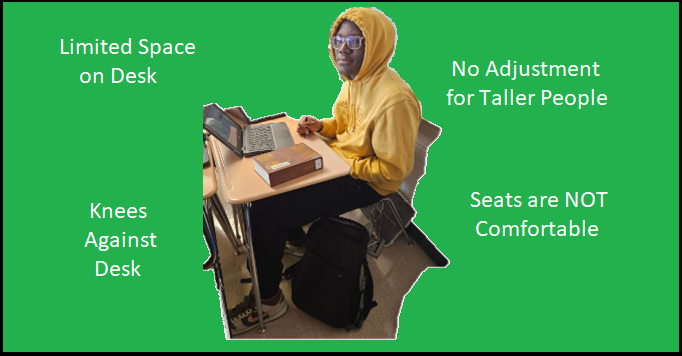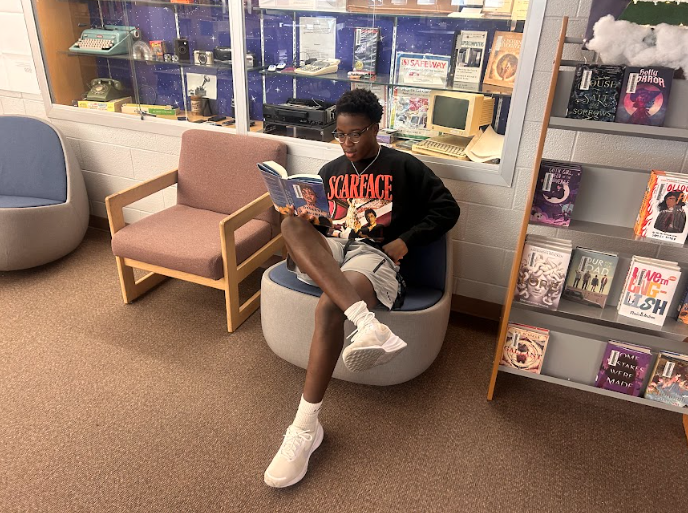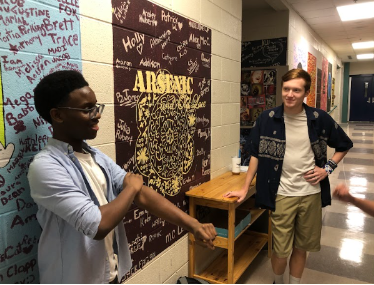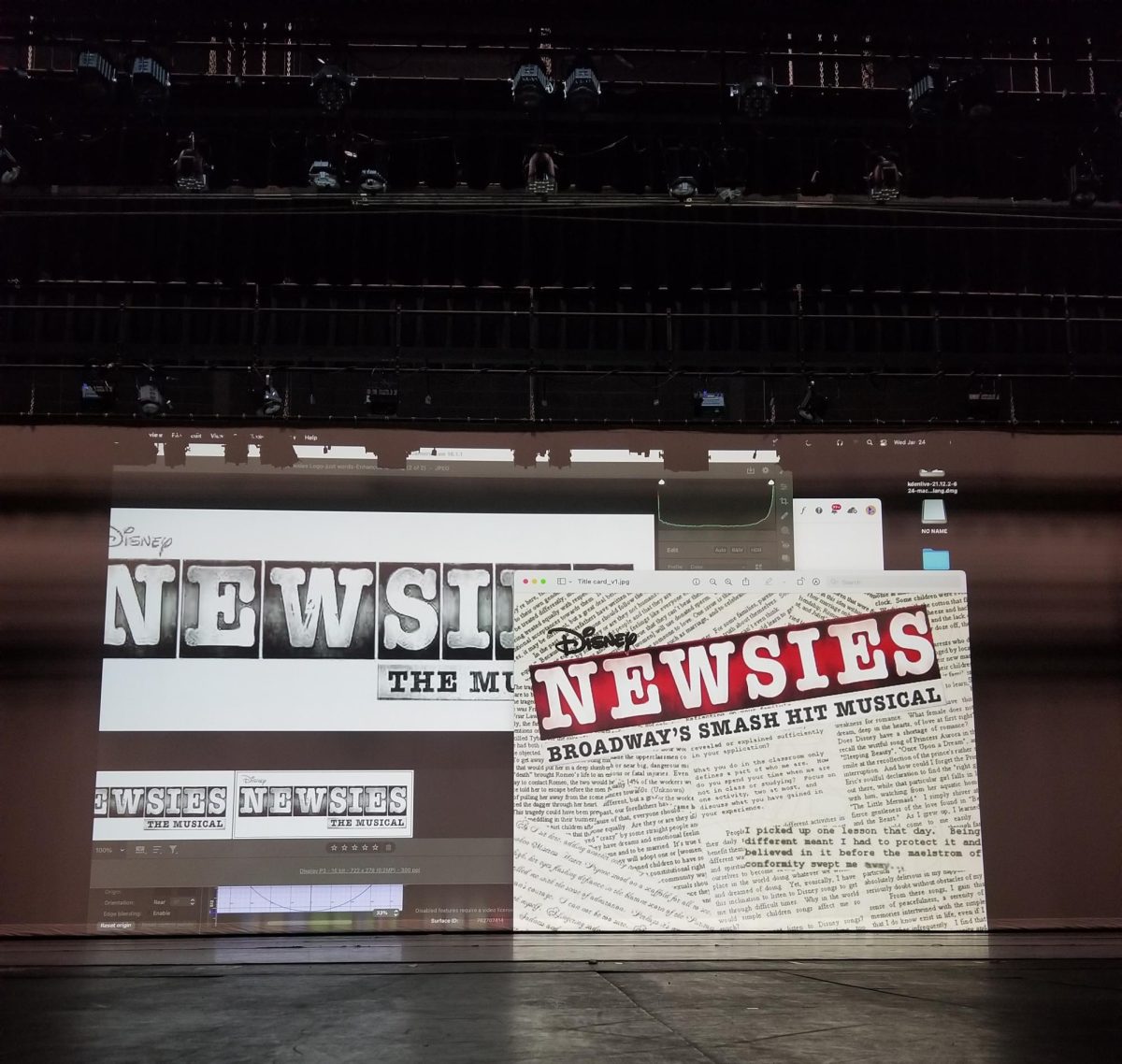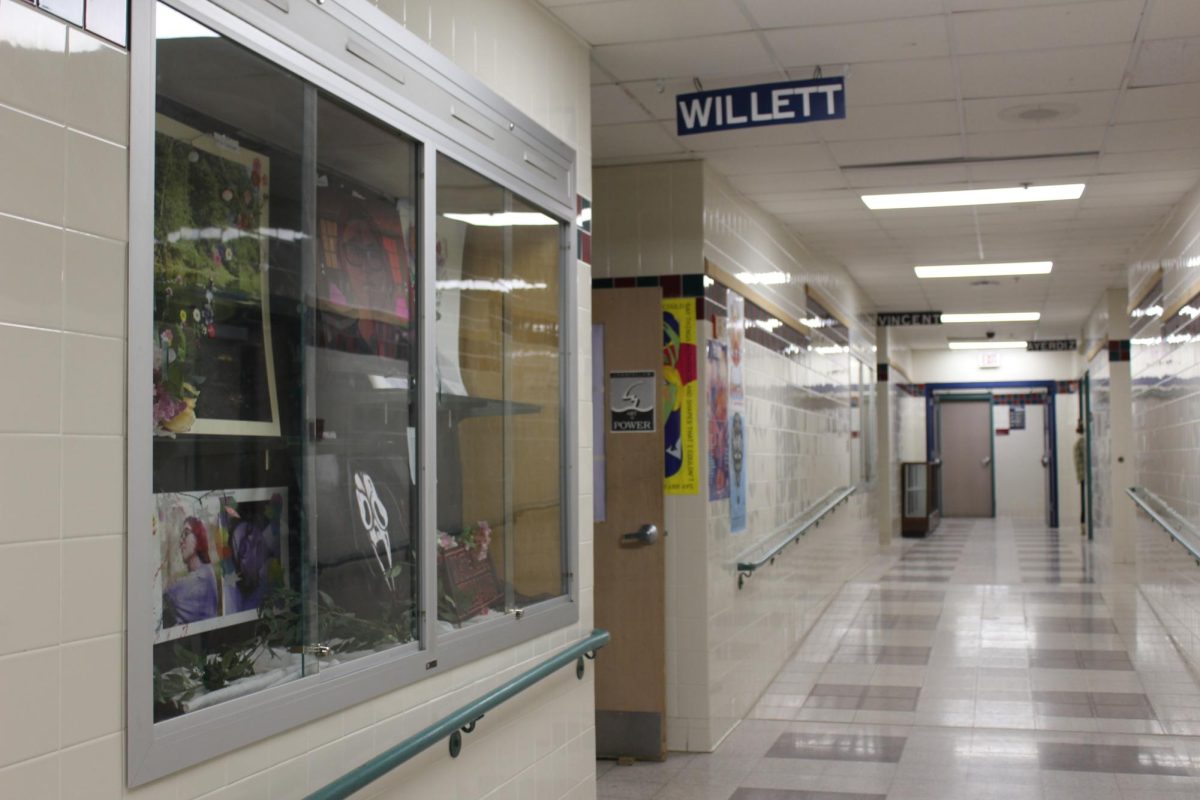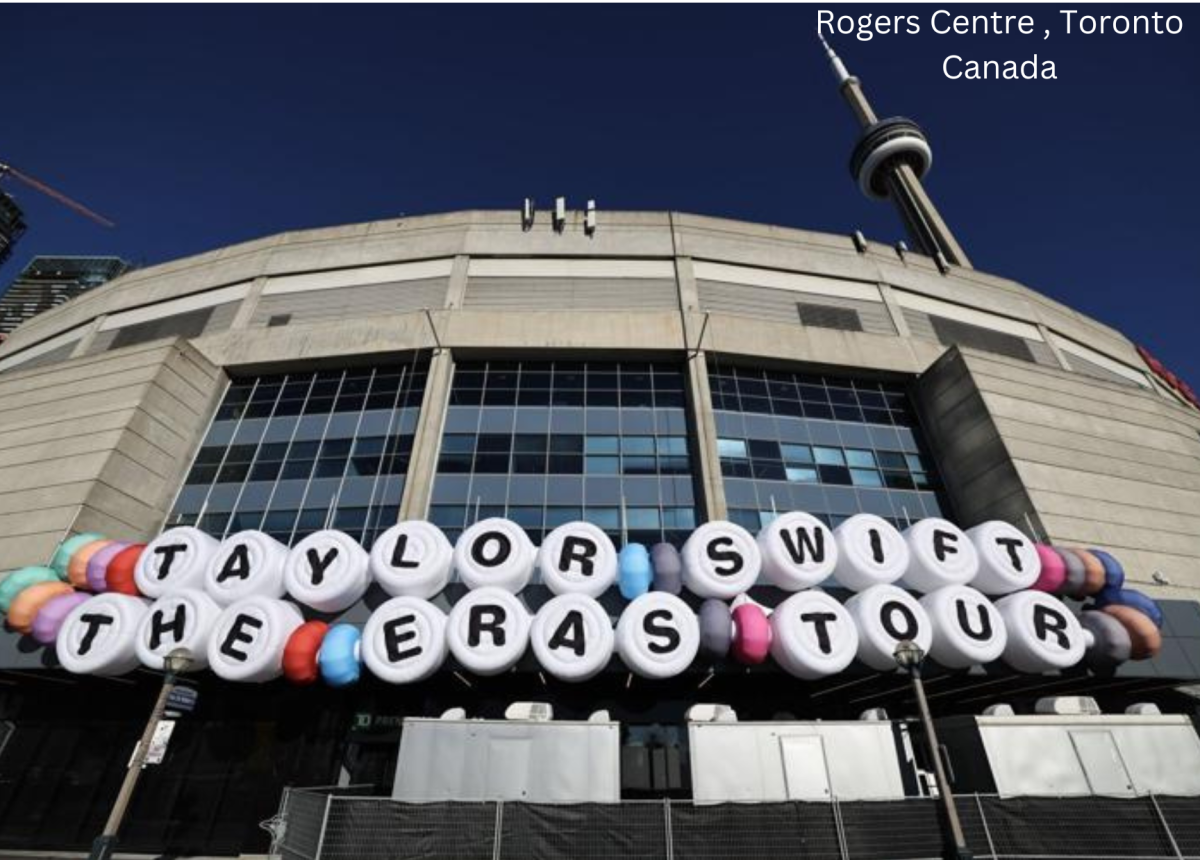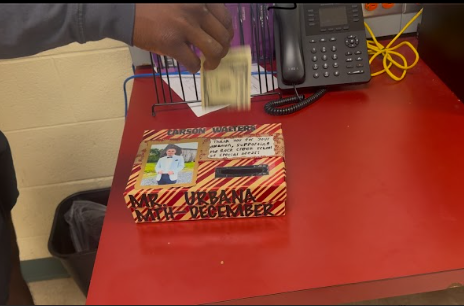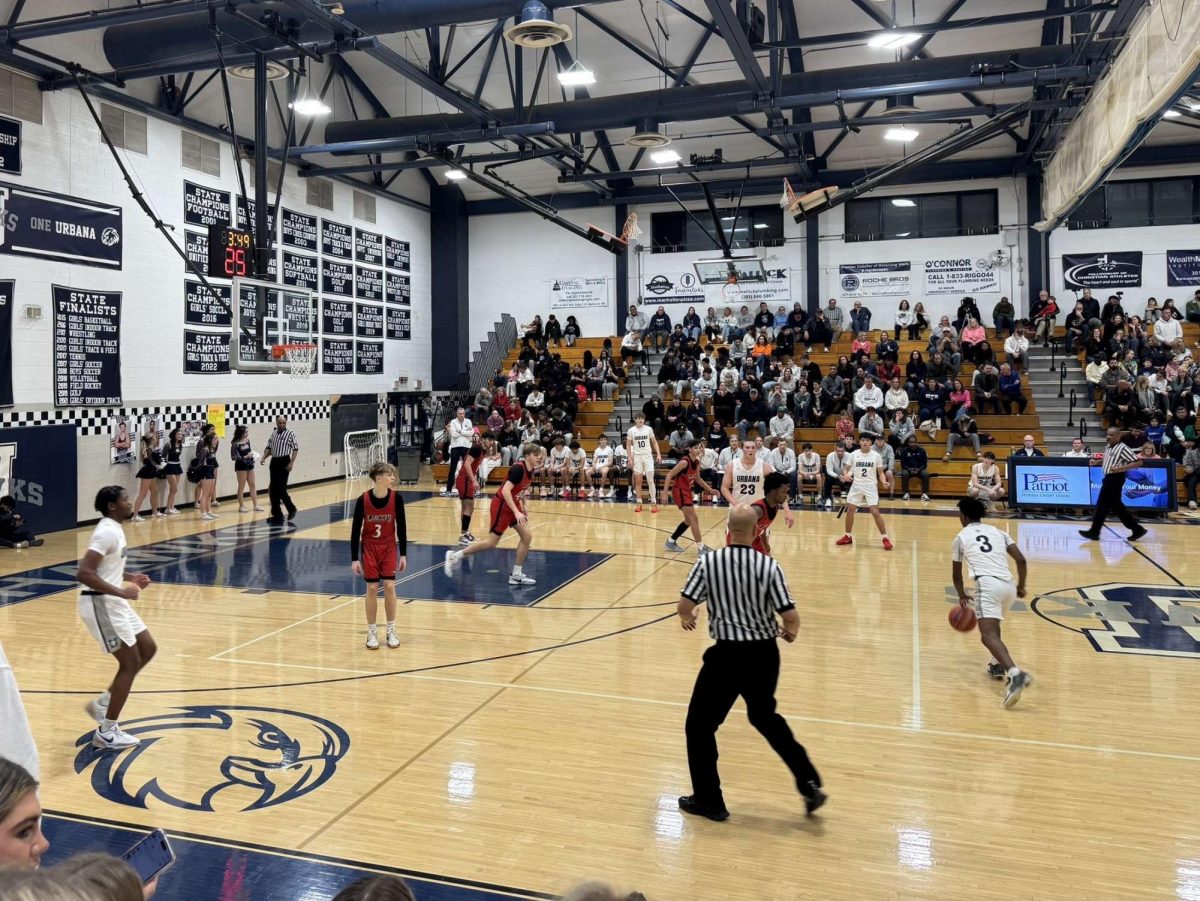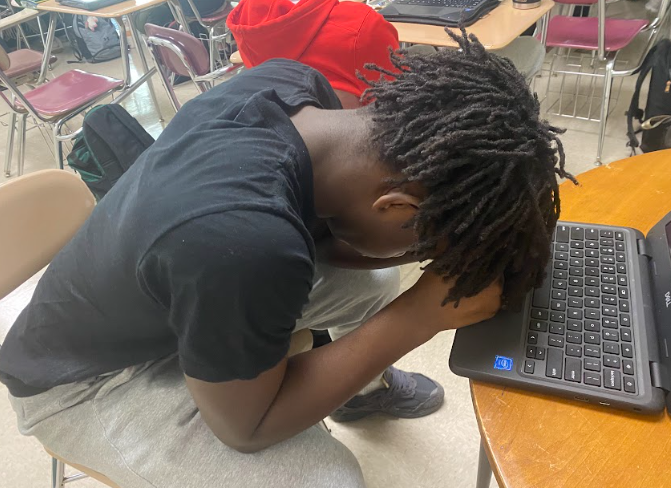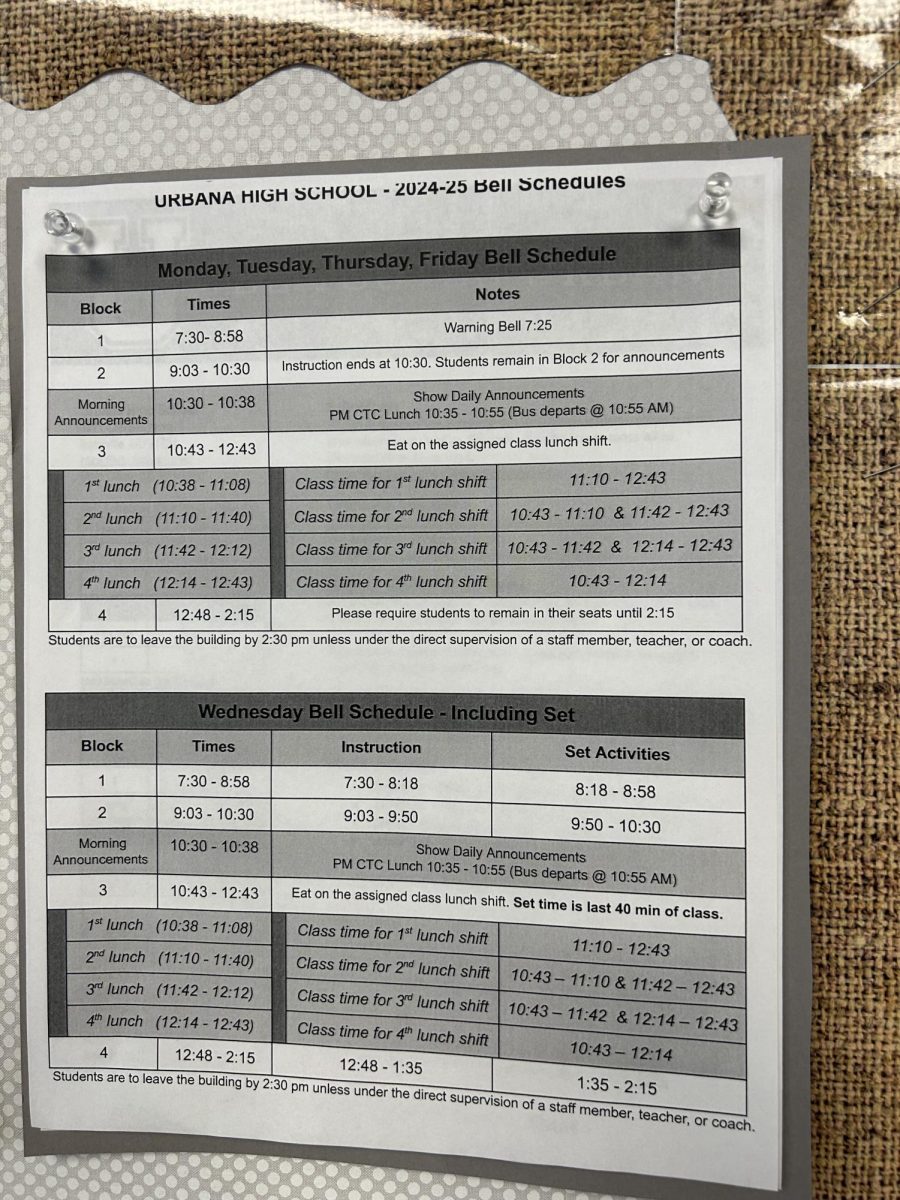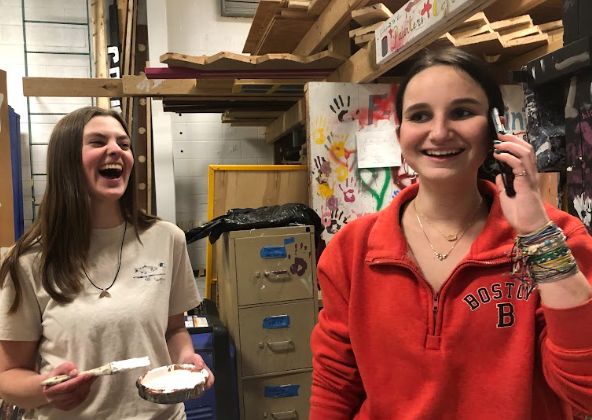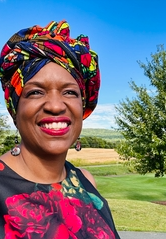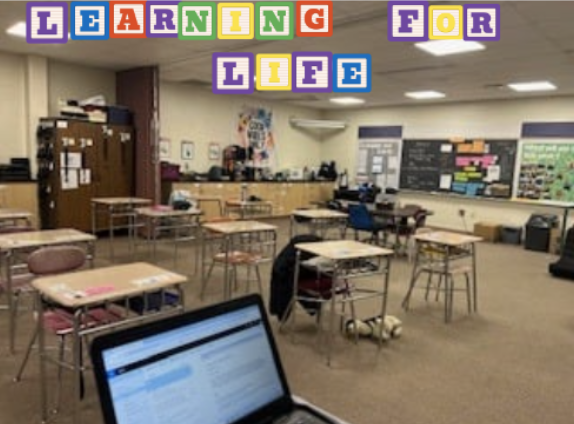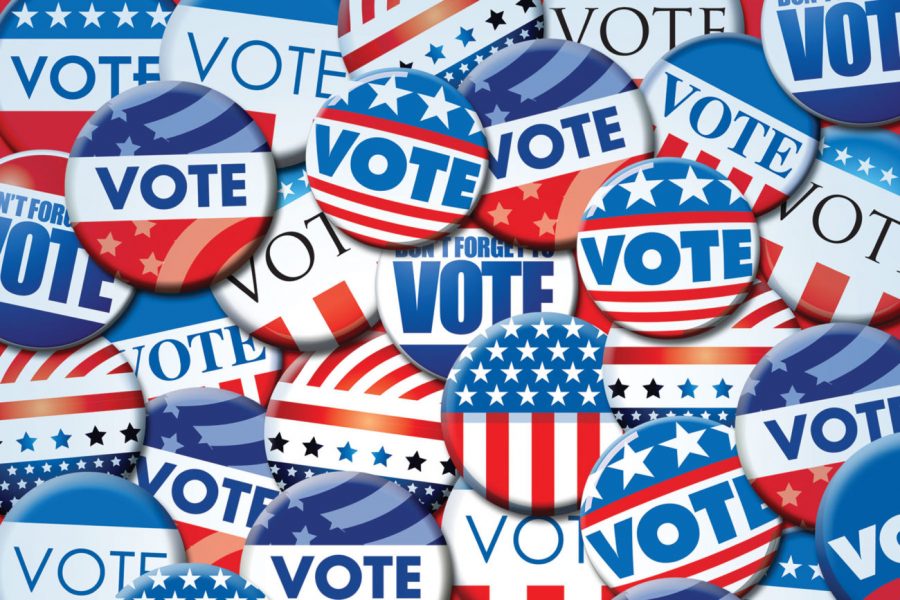Voting changes: No matter how you do it, cast your ballot
September 21, 2020
As Election Day rapidly approaches, many states are expecting voters to use mail-in ballots to cast their votes due to safety concerns regarding the COVID-19 pandemic. This controversial decision has proven to be yet another dividing topic regarding the coronavirus. Concerns over the security of voting by mail have been a hot topic, especially with President Trump’s claim that mail-in ballots will lead to ‘the greatest fraud’ the United States has seen in a Presidential election. However, the Save the Post Office movement paints a different picture of voting by mail, with proponents asserting the necessity of allowing voters to use mail-in ballots especially considering the unique situation of the pandemic.
Voting by mail is not a new occurrence. Several states, notably Arizona, Colorado, Washington, Oregon, and Utah, already have high percentages of voters who choose to vote by mail. In fact, Oregon switched fully to mail-in voting in the year 2000. Voting by mail goes as far back as the Civil War when several northern states changed laws, allowing deployed soldiers to cast ballots by post.
According to Spencer Cox, Utah’s Lieutenant Governor, Utah has seen very little fraudulent activity regarding mail-in voting. He claims that most fraud is unintentional, occurring when someone offers to fill out a ballot for a family member who is traveling. Utah ensures that voter fraud is rare by comparing signatures with those on file and working closely with the Postal Service to remove voters from the registry who have either moved out of state or passed away.
“We take painstaking procedures and efforts to make sure that there is no fraud and we have not seen rampant voter fraud,” says Cox. “We take great pride as elections officials in making sure we do it the right way.”
The Washington Post found in a review of mail-in voting in Oregon, Colorado, and Washington in 2016 and 2018 elections that there was a rate of voter fraud less than 0.005 percent. Mail-in voting has also boosted voter turnout in states that promote it and led to more informed voters, as voters are able to see ballots beforehand and spend more time researching candidates.
Exercising your right to vote this year is just as important as it has ever been. The United States has extremely low voter turnout in comparison to many other developed nations. According to the United States Census Bureau, only 56 percent of eligible voters cast a ballot in the 2016 presidential election. Voter turnout is even lower among individuals under age thirty. The United States Election Project reports that only 43 percent of voters aged 18 to 29 voted in the 2016 election, but that rate has been as low as 33 percent in recent elections. Voters over age 60 are most likely to cast a ballot.
Why do so few young citizens choose to vote? It could be that many feel intimidated by the registration process or by going to the polls the first time. In extremely polarizing elections, like the upcoming 2020 election, many young voters feel apathetic and are unconvinced that their vote has any impact.
Election reforms are already working to make registering and voting easier. Some states, including Maryland, allow teenagers aged 16 or 17 to pre-register. When getting a learner’s permit or a driver’s license, some Maryland MVAs give teenagers the option to pre-register. Pre-registering has shown to increase voter turnout in young people. Voters can register online, as well as find their polling place or request a ballot on this site.
With regard to apathy, many young voters feel as though there are no political figures that represent them and the issues they are passionate about. However, if more young people chose to vote, there would be more elected officials that represented their beliefs. The mentality of ‘my vote is insignificant’ gives way to discontent. Voter participation matters- if you elect not to vote, you give up your voice.
Take the time to register to vote. If you are 18 or older, exercise your right and privilege to vote this November, whether you choose to go to the polls or fill out a mail-in ballot. Take responsibility for the future.
Works Cited
Desilver, Drew. “U.S. trails most developed countries in voter turnout.” Pew Research Center, 21 May 2018, www.pewresearch.org/fact-tank/2018/05/21/u-s-voter-turnout-trails-most-developed-countries/. Accessed 14 Sept. 2020.
File, Thom. “Voting in America: A Look at the 2016 Presidential Election.” The United States Census Bureau, 10 May 2017, www.census.gov/newsroom/blogs/random-samplings/2017/05/voting_in_america.html. Accessed 14 Sept. 2020.
Holbein, John. “Why so few young Americans vote.” The Conversation, 11 Mar. 2020, theconversation.com/why-so-few-young-americans-vote-132649. Accessed 14 Sept. 2020.
Iannelli, Nick, and Mitchell Miller. “FAQ: What you need to know about mail-in voting.” WTOP News, 3 Sept. 2020, wtop.com/local/2020/09/faq-what-you-need-to-know-about-mail-in-voting/. Accessed 14 Sept. 2020.
Strochlic, Nina. “How mail-in voting began on Civil War battlefields.” National Geographic, 14 Aug. 2020, www.nationalgeographic.com/history/2020/08/how-mail-in-voting-began-on-civil-war-battlefields/. Accessed 14 Sept. 2020.
“The vital role of U.S. Postal Service in American elections.” The American Postal Workers Union, www.apwu.org/savepostoffice. Accessed 14 Sept. 2020.
Image: “Editorial: General voting locations offer benefits and risks.” The Monitor, https://www.themonitor.com/2019/08/11/editorial-general-voting-locations-offer-benefits-risks/. Accessed 20 Sept. 2020.

